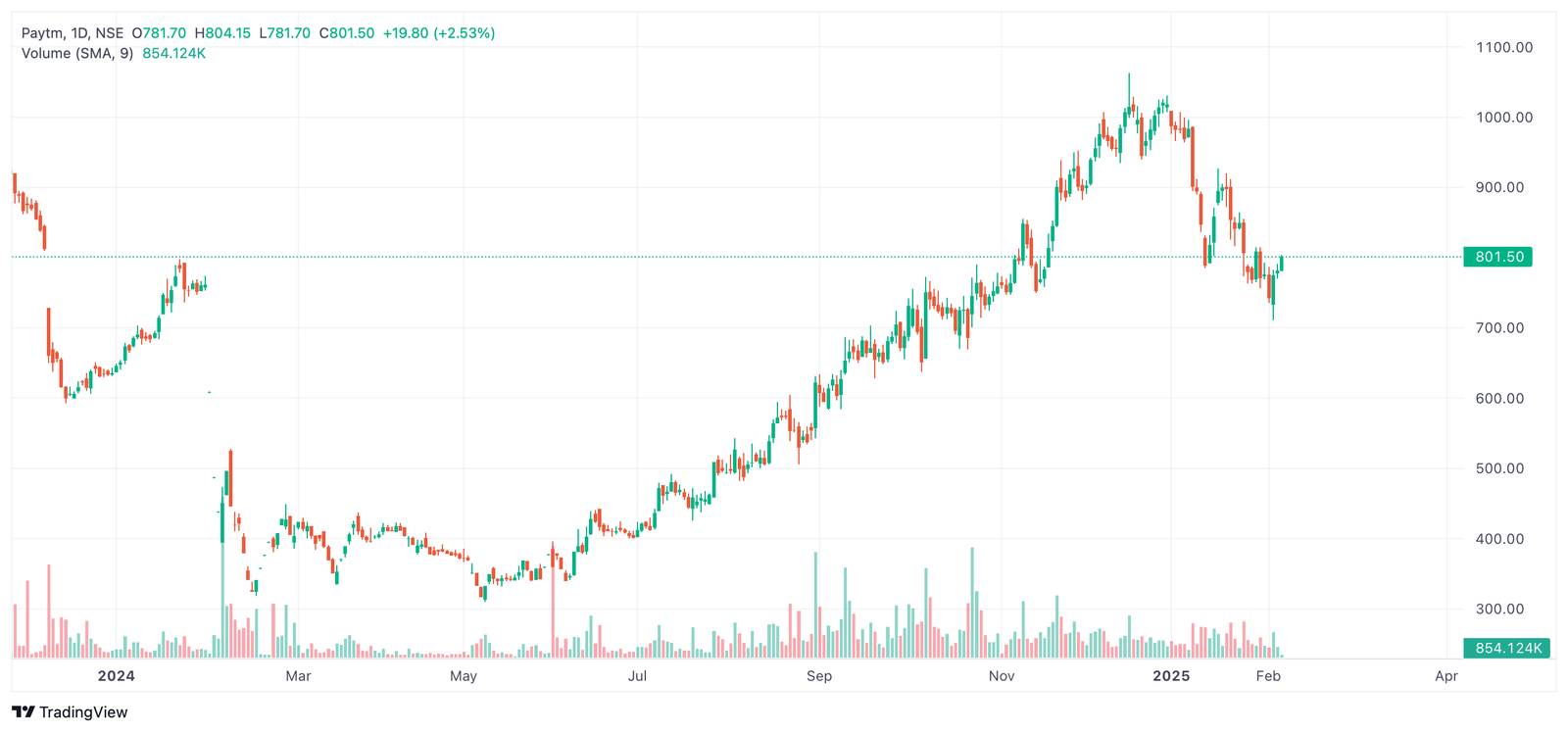In today’s fast-paced digital landscape, businesses must continuously evolve to stay competitive. This article explores proven strategies for digital transformation, innovative growth tactics, and actionable insights that can help your business thrive. Whether you’re a startup or an established enterprise, these insights will empower you to optimize your operations, enhance customer engagement, and drive sustainable success.

Table of Contents
- Understanding the Digital Business Landscape
- Key Strategies for Business Growth
- Leveraging Digital Transformation
- Optimizing Your Business with Data Analytics
- Enhancing Customer Engagement and Retention
- Conclusion
- Frequently Asked Questions (FAQs)
Understanding the Digital Business Landscape
The digital revolution has reshaped how businesses operate and interact with customers. From e-commerce to cloud computing, modern enterprises are embracing technology to streamline processes and expand their reach. Digital transformation is no longer optional—it’s essential for survival and growth. Embracing innovative solutions not only increases efficiency but also provides a competitive edge in a crowded marketplace.
Key Strategies for Business Growth
1. Adopt a Customer-Centric Approach
A successful business starts with a deep understanding of customer needs. Leverage data analytics and customer feedback to tailor your products, services, and marketing efforts. Personalization and targeted engagement build loyalty and drive repeat business.
2. Invest in Technology and Automation
Investing in the latest digital tools, including AI-driven automation and cloud-based solutions, can revolutionize your operations. Automation reduces manual tasks, minimizes errors, and allows your team to focus on strategic initiatives.
3. Enhance Your Online Presence
In the digital age, a robust online presence is crucial. Optimize your website for search engines (SEO) by incorporating relevant keywords, creating quality content, and ensuring a mobile-friendly design. Utilize social media platforms to connect with your audience and drive traffic to your site.
4. Focus on Data-Driven Decision Making
Data is the new currency in business. Use analytics tools like Google Analytics to monitor your website performance, track customer behavior, and measure ROI. Data-driven insights help you make informed decisions that improve efficiency and profitability.
Leveraging Digital Transformation
Digital transformation is more than just adopting new technology—it’s about rethinking your business model to create value in innovative ways. Here are some key areas to consider:
- Cloud Computing: Move your operations to the cloud to enhance scalability, security, and collaboration.
- E-Commerce Solutions: Expand your market reach by establishing or optimizing your online store. Integrate seamless payment solutions and provide a user-friendly shopping experience.
- Artificial Intelligence (AI): Utilize AI for customer service (chatbots), predictive analytics, and personalized marketing campaigns. AI helps streamline processes and unlock new opportunities for growth.
- Cybersecurity: Protect your digital assets by investing in robust cybersecurity measures. Safeguarding customer data builds trust and ensures regulatory compliance.
Optimizing Your Business with Data Analytics
Effective use of data analytics is key to understanding your business performance. Implementing Google Analytics allows you to track essential metrics such as traffic, conversion rates, and customer engagement. Here’s how to make the most of your data:
- Set Up Custom Dashboards: Create dashboards tailored to your business goals to monitor real-time performance.
- Track Key Performance Indicators (KPIs): Focus on metrics that matter, such as customer acquisition cost, lifetime value, and bounce rates.
- Use UTM Parameters: Enhance your tracking by using UTM parameters in your campaign URLs to measure the effectiveness of your marketing strategies.
- Regular Reporting: Schedule regular reports to review trends and make proactive adjustments to your strategy.
Enhancing Customer Engagement and Retention
Customer engagement is crucial for long-term business success. By nurturing relationships and offering exceptional service, you can build a loyal customer base. Consider these tactics:
- Content Marketing: Provide valuable content that educates, entertains, and informs your audience. Regular blog posts, videos, and social media updates keep your brand top-of-mind.
- Email Marketing: Use personalized email campaigns to keep customers informed about promotions, new products, and industry insights.
- Loyalty Programs: Reward loyal customers with exclusive offers, discounts, and incentives. A well-designed loyalty program can drive repeat business and referrals.
- Feedback Loops: Encourage customer feedback through surveys and social media interactions. Use this feedback to continuously improve your products and services.
Conclusion
The digital era presents unprecedented opportunities for businesses ready to embrace change. By focusing on digital transformation, leveraging data analytics, and prioritizing customer engagement, your business can unlock new levels of growth and innovation. Stay agile, continuously adapt to market trends, and invest in technology to drive long-term success.
Implementing these strategies and monitoring your progress with tools like Google Analytics will ensure your business remains competitive and resilient in a rapidly evolving digital landscape.
Frequently Asked Questions (FAQs)
Q1: Why is digital transformation crucial for modern businesses?
A1: Digital transformation allows businesses to streamline operations, improve customer engagement, and leverage technology for innovative growth, making it essential for staying competitive in today’s market.
Q2: How can Google Analytics help improve my business strategy?
A2: Google Analytics provides data-driven insights into website performance, customer behavior, and marketing effectiveness. This information enables informed decision-making and strategic adjustments for better results.
Q3: What are some key areas to focus on for digital growth?
A3: Key areas include enhancing your online presence, investing in technology and automation, implementing data analytics, and prioritizing customer engagement through personalized marketing.
Q4: How do I start integrating digital tools into my business?
A4: Begin by assessing your business needs, choosing the right technology stack, and gradually integrating digital tools. Training and support from experts can help ensure a smooth transition and successful implementation.
Internal link:- a2znew






